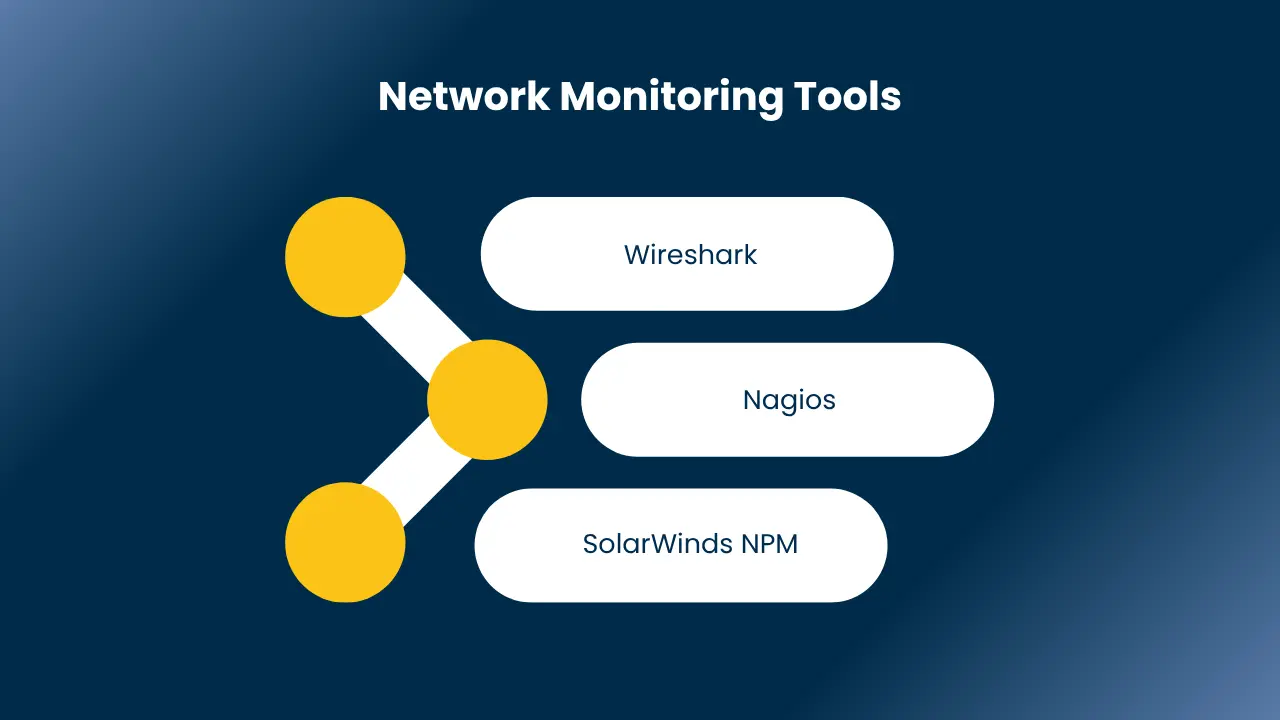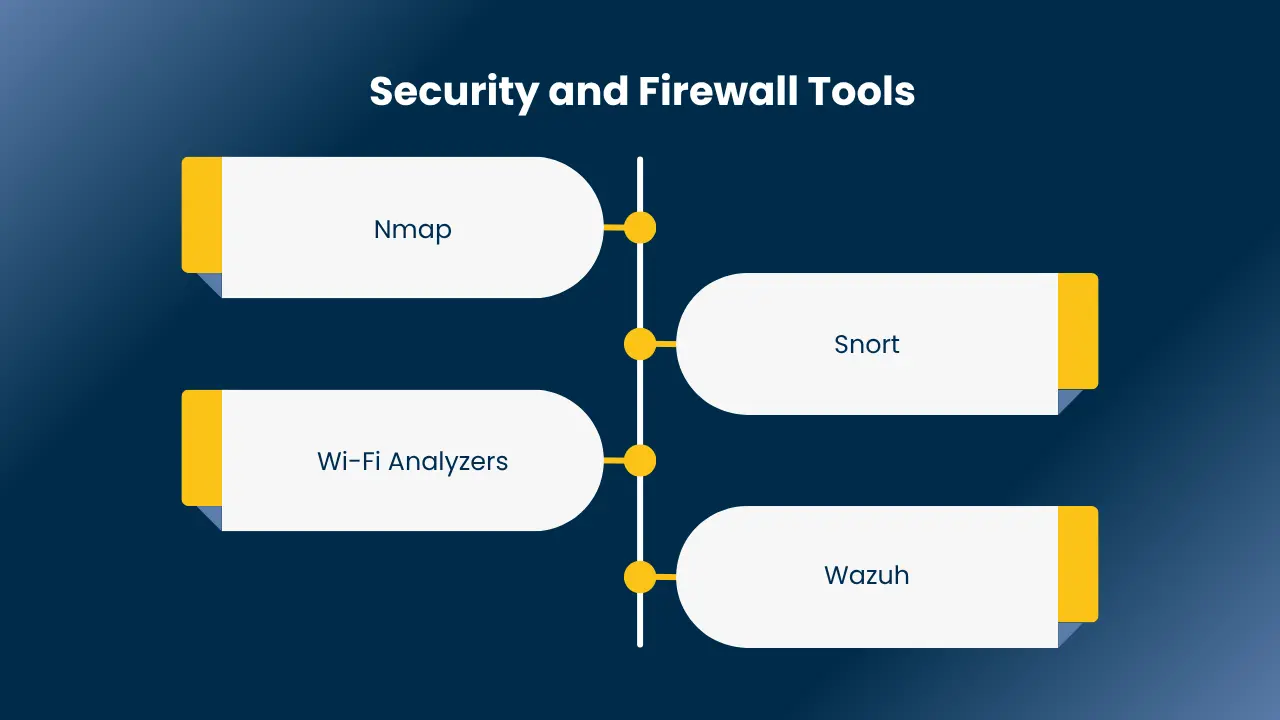Security testing tools are essential for identifying and addressing vulnerabilities in applications, systems, and networks before they can be exploited by malicious attackers. These tools play a crucial role in safeguarding sensitive data, ensuring compliance, and maintaining trust with users. In modern software testing, leveraging the right security testing tools is key to delivering secure, reliable applications.
Whether you’re dealing with web applications, databases, or open-source components, security testing ensures that potential threats are identified and resolved early in the development process.
What Are Security Testing Tools?
Security testing tools encompass a variety of software applications and utilities designed to evaluate the security posture of software systems. These tools are essential components of software security testing, helping to identify vulnerabilities, assess risks, and ensure robust security measures within applications. They simulate various attack scenarios and analyze software components for weaknesses that could potentially be exploited by malicious actors.
Top Security Testing Tools to Know
Here are some of the best security testing tools that help identify and fix vulnerabilities in web applications, mobile apps, and open-source software.
Here are some of the best security testing tools that help identify and fix vulnerabilities in web applications, mobile apps, and open-source software with their pros and cons:
1. Sqlmap
Sqlmap is an open-source tool that automates the detection and exploitation of SQL injection flaws. It works with various databases like MySQL, PostgreSQL, and Oracle.
| Pros | Cons |
|---|---|
| Highly automated SQL injection tests | Needs strong SQL knowledge |
| Supports multiple databases | Basic reporting features |
| Customizable and flexible | No GUI, making it harder to use |
2. Burp Suite
Burp Suite is a popular tool for web application security testing. It offers features like vulnerability scanning, penetration testing, and traffic interception.
| Pros | Cons |
|---|---|
| Detects web vulnerabilities | Expensive for full version |
| User-friendly interface | Steep learning curve for experts |
| Highly customizable | Can slow down large scans |
3. DAST (Dynamic Application Security Testing)
DAST tools simulate external attacks on running web applications to identify security flaws in real-time.
| Pros | Cons |
|---|---|
| Finds runtime vulnerabilities | May generate false positives |
| Works with live applications | Needs regular maintenance |
| No access to source code required | Misses logic-based flaws |
4. OWASP ZAP (Zed Attack Proxy)
OWASP ZAP is an open-source security testing tool that scans web apps for vulnerabilities like SQL injection and XSS.
| Pros | Cons |
|---|---|
| Free and open-source | Complex GUI for beginners |
| Regular updates | Limited reporting options |
| CI/CD pipeline integration | Slow with large apps |
5. Black Duck
Black Duck scans open-source software for vulnerabilities. It helps track and manage open-source risks effectively.
| Pros | Cons |
|---|---|
| Excellent vulnerability detection | Expensive for smaller teams |
| Comprehensive reports | Complex setup for big projects |
| Strong component tracking | Limited report customization |
6. SonarQube
SonarQube is a code quality tool that finds security issues in source code. It supports multiple languages, including Java and Python.
| Pros | Cons |
|---|---|
| Supports many programming languages | Needs powerful hardware |
| Integrates with CI/CD tools | Hard to create custom rules |
| Improves code quality | May show false positives |
7. W3af
W3af is an open-source web app security scanner that detects vulnerabilities like SQL injection and XSS.
| Pros | Cons |
|---|---|
| Free and open-source | Requires manual configuration |
| Large vulnerability database | Limited plugin support |
| Active community support | Infrequent updates |
8. Zed Attack Proxy (ZAP)
ZAP is a free security tool used to test web apps for security flaws. It offers manual and automated testing features.
| Pros | Cons |
|---|---|
| Free to use | Lacks advanced reports |
| Suitable for all skill levels | Slow with large apps |
| Regular updates | Basic automated scanning |
9. Acunetix
Acunetix is a web vulnerability scanner that detects issues like SQL injection and XSS. It offers both automated and manual testing options.
| Pros | Cons |
|---|---|
| Thorough vulnerability scanning | High licensing cost |
| Easy to use | Limited customization |
| Detailed reports | Resource-heavy during scans |
10. Metasploit
Metasploit is a top tool for penetration testing, offering a huge library of exploits. It is widely used by security experts.
| Pros | Cons |
|---|---|
| Large exploit database | Hard for beginners to learn |
| Highly customizable | Time-consuming configuration |
| Strong community support | Not beginner-friendly |
These security testing tools for web applications, mobile apps, and open-source platforms help detect vulnerabilities, prevent attacks, and keep systems secure. The right security testing tools ensure stronger protection and better risk management for organizations.
Also Read: Penetration Testing Salary in Chennai – Monthly and Annual Pay Trends
Benefits of Using Security Testing Tools
Here are the major benefits of using security testing tools to strengthen and protect your systems:
1. Detects Vulnerabilities Early:
Security testing tools catch security flaws during the development phase. This makes it easier to fix issues before they become major problems.
2. Saves Time with Automation:
Automated security tests speed up the process and reduce manual effort. This makes testing faster and more efficient.
3. Thorough Security Coverage:
These tools scan applications deeply, covering a wide range of vulnerabilities. This ensures no security gaps are missed.
4. Strengthens Overall Security:
Fixing vulnerabilities improves the system’s protection against cyber threats. This makes applications more secure and reliable.
5. Cuts Down Costs:
Automated testing reduces the need for manual testing, lowering expenses. It also prevents costly security breaches.
6. Enables Continuous Monitoring:
These tools allow ongoing security checks. This helps catch new vulnerabilities as applications evolve.
7. Ensures Compliance:
Security testing helps organizations meet industry standards and regulations. It makes sure applications follow security guidelines.
Why Security Testing Tools Are Essential
Here’s why security testing tools are so important:
- Find Vulnerabilities Early: Security testing tools help find weaknesses in your system, code, or network. These tools automatically scan and detect flaws that could be exploited by attackers. It’s crucial to spot issues early before they can cause damage.
- Save Time and Money: Detecting security flaws early in development is cheaper than fixing them later. Security testing tools for web applications and mobile apps help find problems sooner, making it easier and more affordable to fix them without major disruptions.
- Constant Monitoring: Many security testing tools offer continuous monitoring of systems and applications. This ensures new vulnerabilities are spotted as they arise. This ongoing protection helps keep your infrastructure secure without any gaps.
- Reduce Risks: These tools help lower the risk of security issues, such as data breaches or financial losses. Addressing vulnerabilities quickly allows you to reduce the chances of an attack that could harm your reputation or security.
Key Features of Security Testing Tools
Here are the key features that make security testing tools very important for protecting systems and applications:
Detecting Vulnerabilities:
Security testing tools can identify a broad range of vulnerabilities, such as SQL injection, cross-site scripting (XSS), cross-site request forgery (CSRF), and authentication issues. These vulnerabilities can be critical, and tools help spot them early before attackers can exploit them.
Automatic Scanning:
These tools are designed to automatically scan applications for security flaws. This feature saves a lot of time and reduces the need for manual testing, making the process faster and more efficient.
Manual Testing Support:
In addition to automated scanning, many security testing tools offer manual testing options. This lets testers manually simulate attacks, which helps ensure real-world scenarios are thoroughly checked and vulnerabilities are caught.
Easy Integration:
Security testing tools can easily integrate with other systems, like development environments, CI/CD pipelines, and issue trackers. This makes it easier for teams to add security testing into their regular workflow and improve efficiency.
Customizable Reports:
Once the testing is done, these tools generate detailed and customizable reports. These reports include information on identified vulnerabilities, their severity, and specific recommendations on how to fix them, which is crucial for developers and security teams.
Support for Multiple Platforms and Languages:
Whether you’re testing a web application, mobile app, or API, these tools can support a variety of platforms and programming languages. This flexibility ensures they can test most modern applications thoroughly.
Read More: Penetration Tester vs Ethical Hacker: Difference, Skills, Certifications, & Salary
How Orbus Can Help You Become a Leading Security Tester
Orbus helps you become a top security tester with hands-on training in protecting systems from cyber threats. You’ll learn to think like a hacker, understand their methods, and find weaknesses before they can be exploited. The course covers tools for testing mobile apps, web apps, and open-source security tools, giving you the skills to strengthen security in any environment.
With Orbus, you’ll also get to practice using AI-powered hacking tools, keeping you up to date with the latest in security testing. You’ll learn how to spot risks, improve protection, and safeguard your organization from attacks, all while building the expertise needed to excel as a security tester.
Conclusion
Using security testing tools in your software testing process is crucial to minimize risks and protect your applications from potential security attacks. Tools like OWASP ZAP and Acunetix offer unique features to address various testing needs. When used correctly, these tools ensure your applications are secure and functional, providing users and stakeholders with confidence that their data is protected. Orbus can further enhance your security testing efforts, offering advanced solutions to strengthen your security posture and safeguard your infrastructure from threats.









